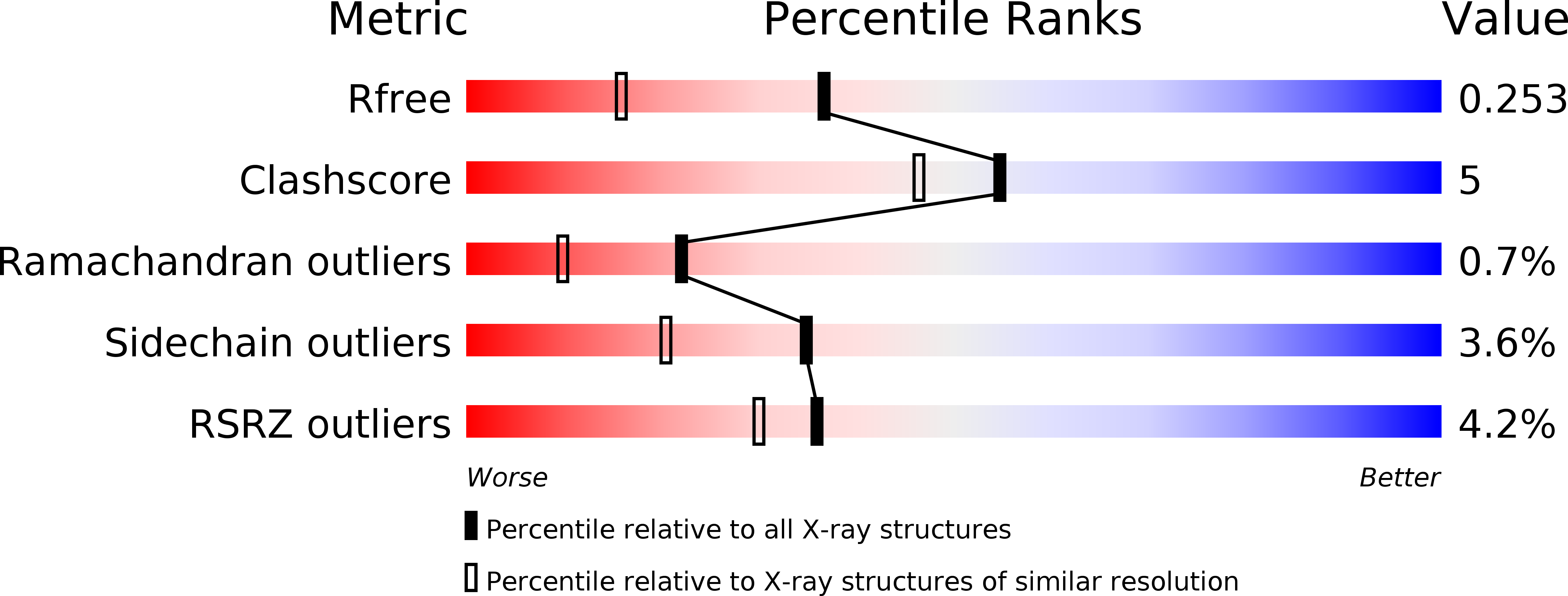
Deposition Date
2019-07-02
Release Date
2020-04-29
Last Version Date
2023-10-11
Entry Detail
PDB ID:
6PMV
Keywords:
Title:
Structure of rat neuronal nitric oxide synthase heme domain in complex with 7-(4-(2-Aminoethyl)phenyl)-4-methylquinolin-2-amine
Biological Source:
Source Organism:
Rattus norvegicus (Taxon ID: 10116)
Host Organism:
Method Details:
Experimental Method:
Resolution:
1.80 Å
R-Value Free:
0.25
R-Value Work:
0.20
R-Value Observed:
0.21
Space Group:
P 21 21 21


